Every dog owner's worst nightmare is seeing their beloved pet in distress. When it comes to bloat in dogs, this fear becomes very real. Gastric dilatation volvulus (GDV) is a life threatening condition that can strike suddenly and progress rapidly. Understanding the warning signs, risk factors, and immediate actions to take could save your dog's life.
This comprehensive guide will help you recognise the symptoms of a dog with bloat, understand which dogs are most at risk, and know exactly what steps to take if you suspect your pet is developing this serious condition. Armed with this knowledge, you'll be better prepared to act quickly when every minute counts.
What Is Gastric Dilatation Volvulus?
Gastric dilatation volvulus, commonly known as bloat, is a life threatening disorder that affects dogs when their stomach fills with gas, food, or fluid and then twists on itself. This condition occurs in two stages: gastric dilatation (simple bloat) and volvulus (stomach twists).
During the initial stage of gastric dilatation, the dog's stomach fills with air or gas, creating a distended abdomen. While concerning, simple bloat can sometimes resolve on its own. However, when the stomach twists from its normal position, it becomes gastric dilation volvulus – a medical emergency requiring immediate veterinary intervention.
When the stomach twists, it traps the contents inside and cuts off blood supply to vital organs. The twisted stomach decreases blood flow throughout the body, putting immense pressure on the abdominal wall and other organs. Without prompt treatment, this serious condition can be fatal within hours.
Risk Factors for Dogs Bloat
Understanding which dogs are predisposed to developing bloat can help owners take preventative measures and remain vigilant for early warning signs.
Dog Breeds Most at Risk
Deep chested dogs face the highest risk of developing gastric dilatation volvulus. The American Kennel Club identifies several high risk breeds, including:
-
Great Danes
-
German Shepherds
-
Standard Poodles
-
Rottweilers
-
Doberman Pinschers
-
Weimaraners
-
Irish Setters
Large breed dogs and giant breed dogs are particularly susceptible due to their anatomy. Deep chested breeds have more space in their abdominal cavity, allowing the stomach greater freedom of movement that can lead to twisting.
Additional Predisposing Factors
Beyond breed predisposition, several other risk factors increase a dog's likelihood of developing bloat:
Age and Gender: Older dogs, particularly those over seven years old, face increased risk. Male dogs are also more commonly affected than females.
Family History: Dogs with relatives who have experienced bloat show higher susceptibility to the condition.
Feeding Habits: Dogs who eat one large meal daily, consume dry dog foods exclusively, or eat from a raised food bowl may have elevated risk.
Temperament: Anxious dogs and those with nervous dispositions appear more prone to developing gastric dilatation.
Exercise Timing: Dogs who engage in strenuous exercise immediately before or after eating face greater risk of bloat occurring.
Recognising Symptoms of a Bloated Stomach
Early recognition of bloat symptoms is crucial for successful treatment. The condition progresses rapidly, making immediate veterinary attention essential.
Physical Signs
The most obvious indicator of a dog with bloat is a visibly distended stomach. The abdomen appears swollen and feels firm to the touch. However, in the early stages, the distended abdomen may not be immediately apparent, especially in dogs with thick coats.
Other physical symptoms include:
-
Unsuccessful attempts to vomit or dry retching
-
Excessive drooling
-
Restlessness and inability to get comfortable
-
Pacing or inability to lie down
-
Rapid breathing or panting
-
Weakness or collapse
-
Pale gums
Behavioural Changes
Affected dogs often display specific behavioural patterns. They may repeatedly attempt to vomit without producing anything, or only bring up small amounts of foam or saliva. The dog may appear anxious, restless, and unable to find a comfortable position.
As the condition progresses and blood flow becomes compromised, dogs may become lethargic, weak, or even collapse. These later symptoms indicate the condition has become critical and requires emergency veterinary surgery.
What to Do If You Suspect Bloat
If you suspect your dog has bloat, treat it as a medical emergency. Time is absolutely critical – the condition can become fatal within hours without proper treatment.
Immediate Actions
Contact your veterinarian or emergency veterinary clinic immediately. Explain that you suspect gastric dilatation volvulus and that you're bringing your dog in right away. Many practices will prepare for your arrival when they know a potential bloat case is coming.
During transport, keep your dog as calm and comfortable as possible. Avoid offering food or water, and minimise movement that could worsen the stomach's positioning.
Veterinary Treatment
Upon arrival, veterinary surgeons will conduct a physical examination and may perform blood tests to assess your dog's condition. X-rays often reveal the characteristic "double bubble" appearance of a twisted stomach.
If gastric dilation volvulus is confirmed, the dog will require immediate surgical procedure. The veterinary surgery involves several steps:
-
Stabilising the patient with intravenous fluids and pain medications
-
Decompressing the stomach using a stomach tube or needle
-
Surgically repositioning the stomach to its normal position
-
Assessing damage to the stomach wall and other organs
-
Performing gastropexy to prevent future occurrences
The procedure called gastropexy permanently attaches the stomach to the body wall, significantly reducing the risk of future twisting.
Post Operative Care
Recovery from this costly surgery requires careful monitoring and post operative care. Dogs typically remain hospitalised for several days, receiving continued veterinary care including intravenous fluids, pain management, and monitoring for complications.
Prevention Strategies for High Risk Breeds
While not all cases can be prevented, several preventative measures can reduce your dog's risk of developing bloat.
Feeding Modifications
Feed multiple smaller meals throughout the day rather than one large meal. This reduces the volume of food in the stomach at any given time. Consider avoiding raised food bowls, as some studies suggest they may increase risk in predisposed breeds.
Wait at least one hour after feeding before allowing strenuous exercise, and avoid vigorous activity for 30 minutes before meals.
Prophylactic Surgery
For owners of high-risk dogs, veterinary surgeons sometimes recommend prophylactic gastropexy. This procedure called preventive gastropexy can be performed during routine procedures like neutering, permanently securing the stomach to prevent future twisting.
When Every Second Counts
Gastric dilatation volvulus remains one of the most serious conditions affecting dogs, particularly deep chested breeds and giant breed dogs. Recognition of early symptoms and immediate veterinary intervention are crucial for survival.
If you own a dog from a predisposed breed, discuss prevention strategies with your veterinarian. Consider keeping emergency veterinary contact information readily accessible, and don't hesitate to seek immediate care if you notice any concerning symptoms.
Remember, when it comes to a dog with bloat, it's always better to err on the side of caution. Prompt treatment not only saves lives but also reduces the complexity and cost of treatment. Your quick action and awareness of this life threatening condition could make all the difference for your four-legged family member.
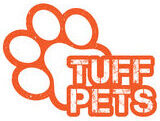
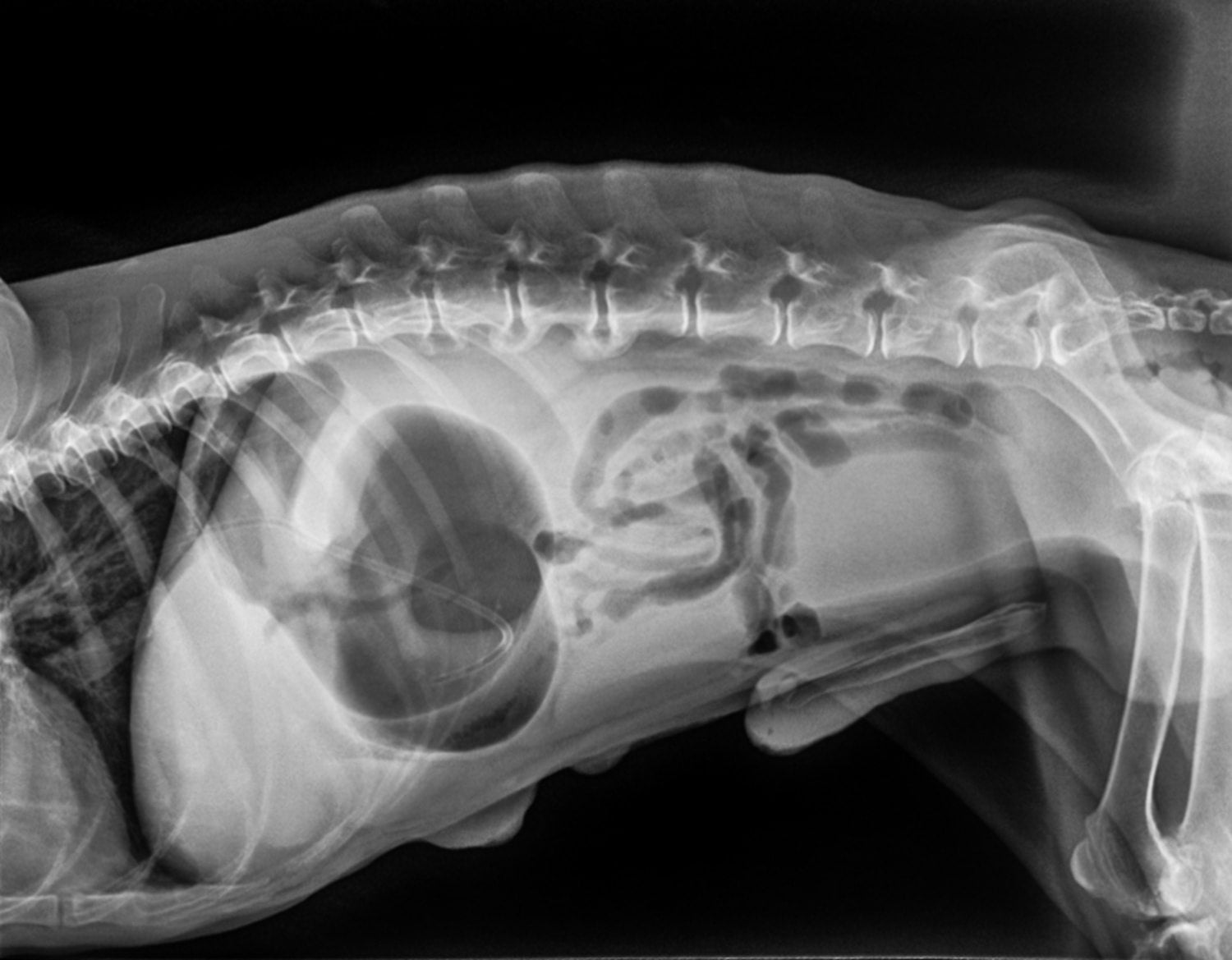


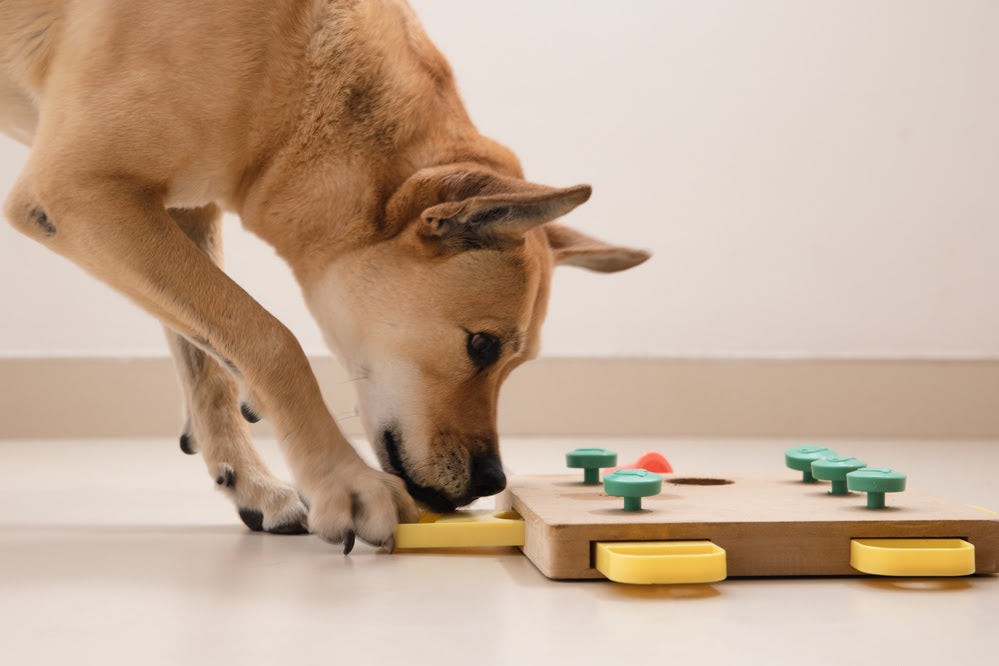


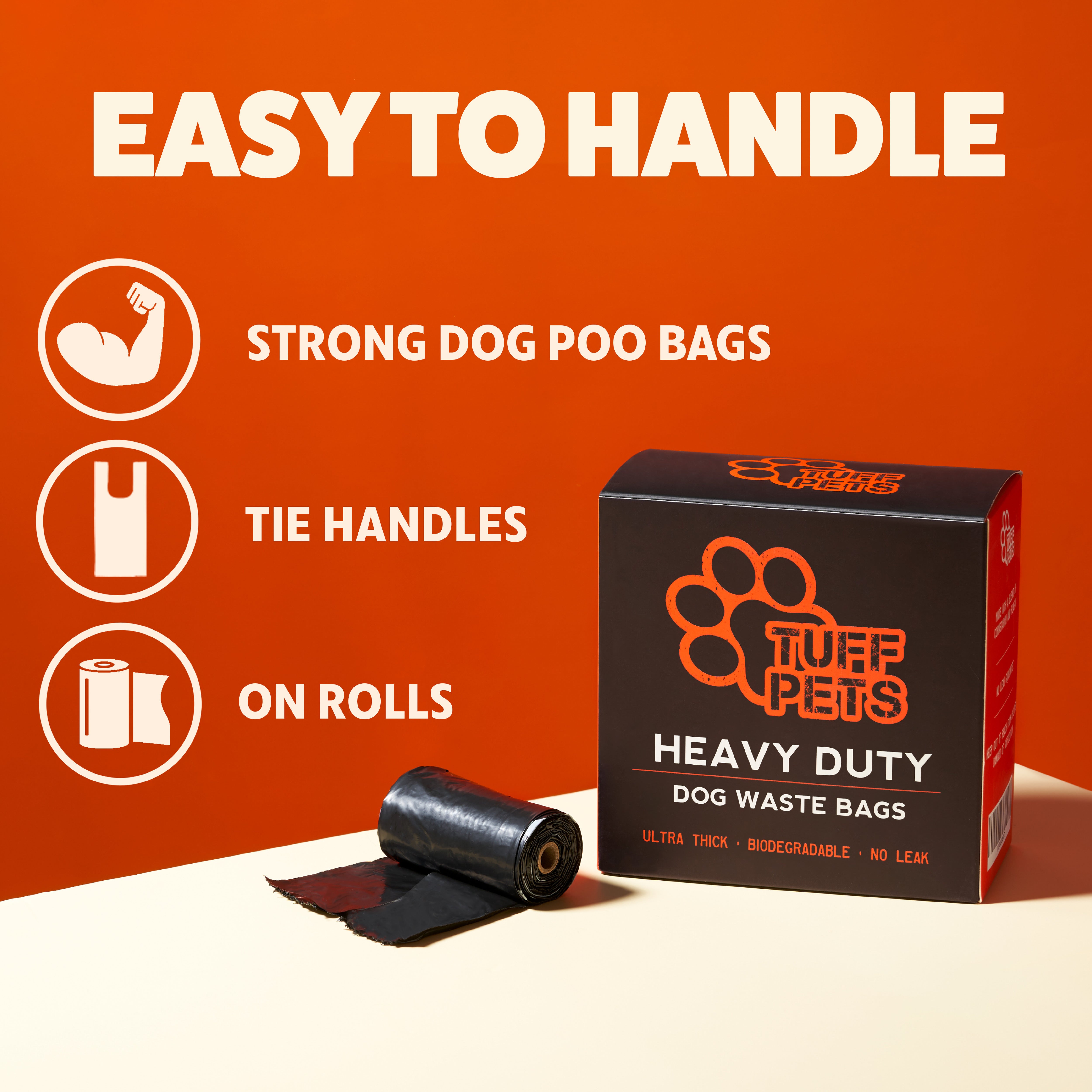

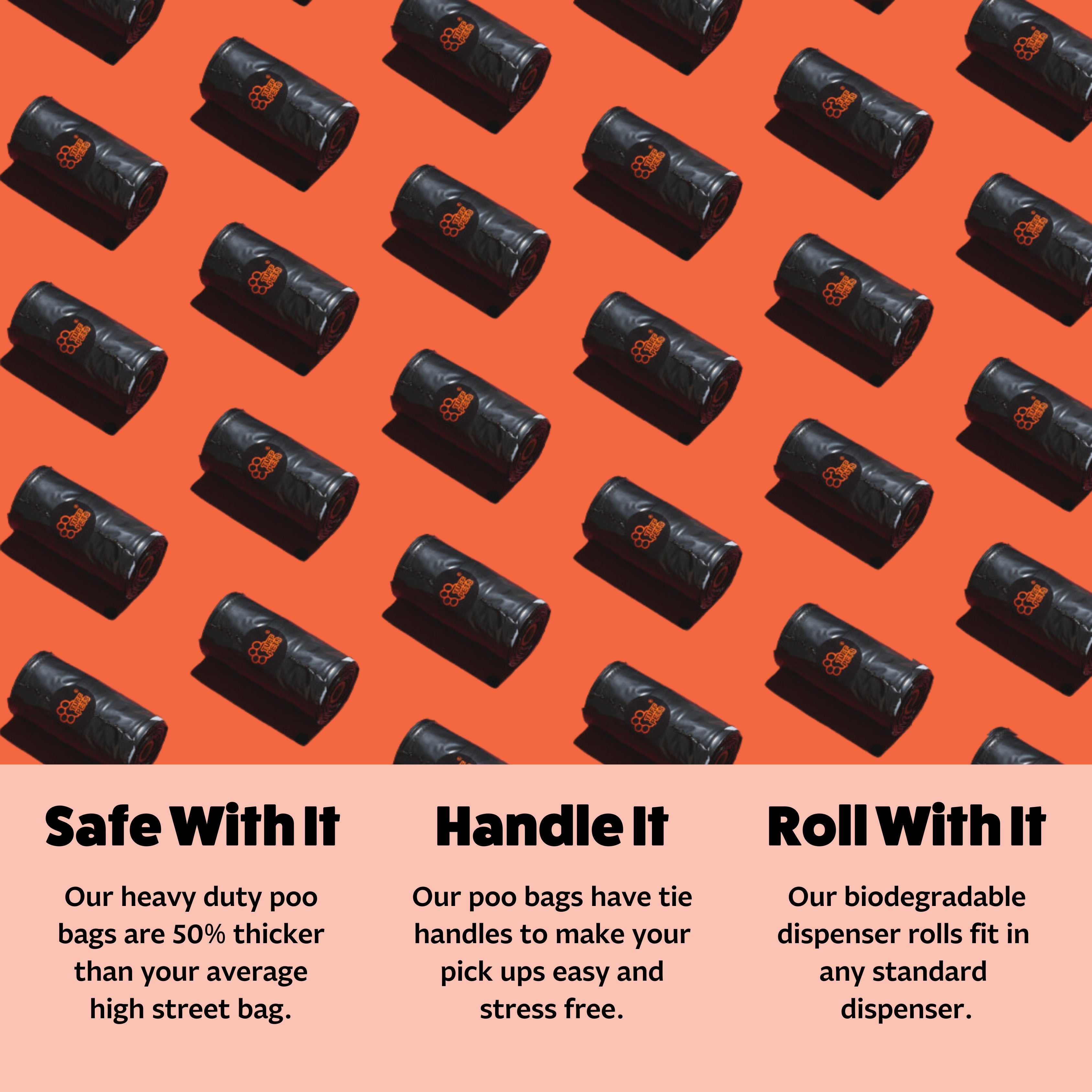








Share:
Why Is My Dog Trembling and Panting? A Complete Guide
Sudden Lump on Dog Under Skin: A Pet Owner's Guide